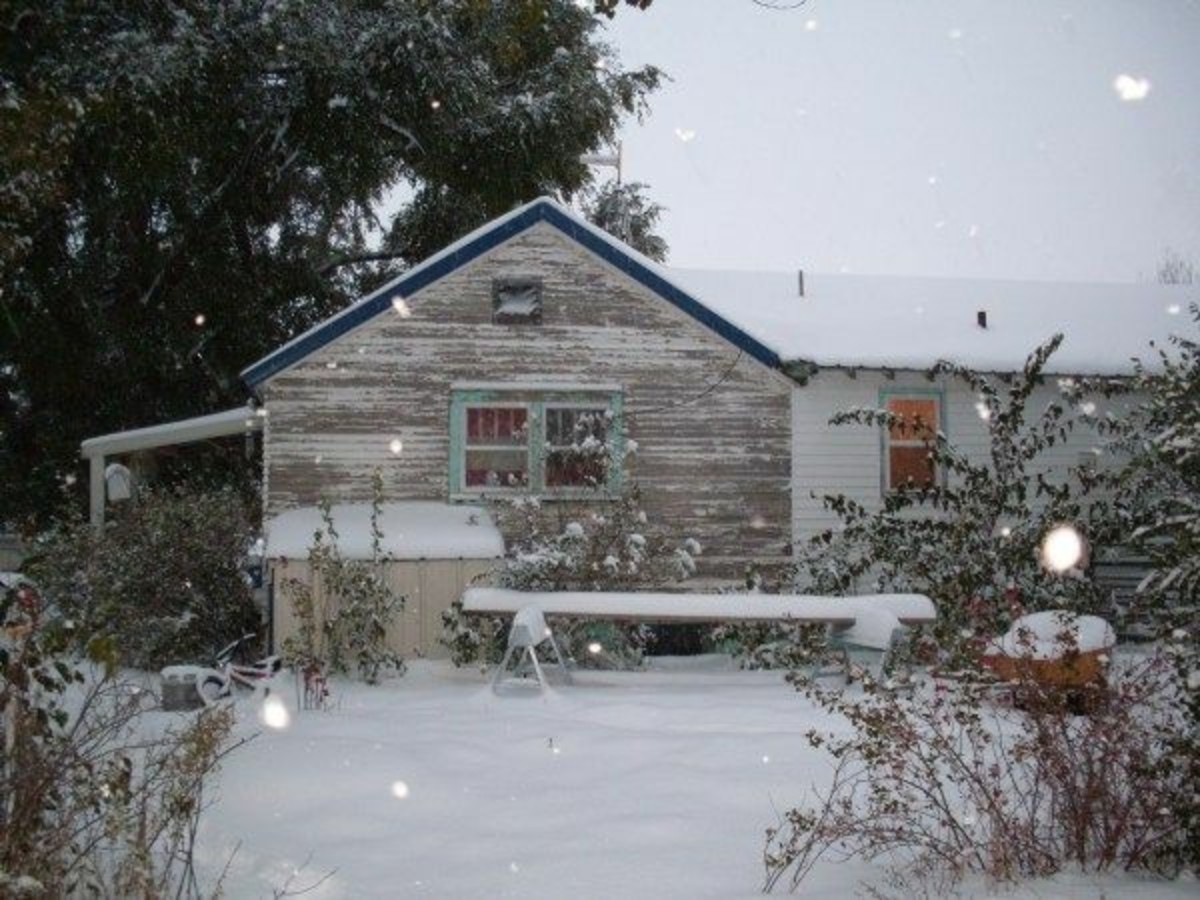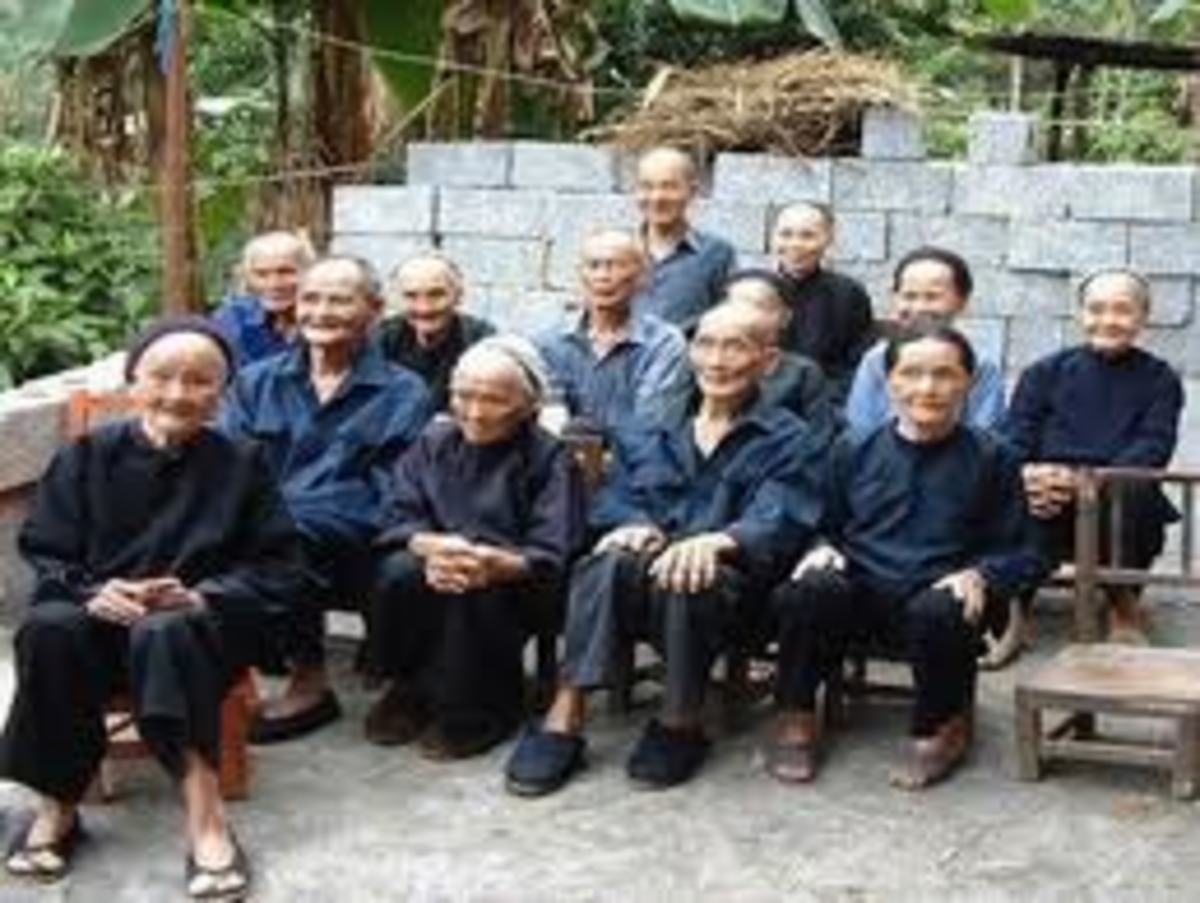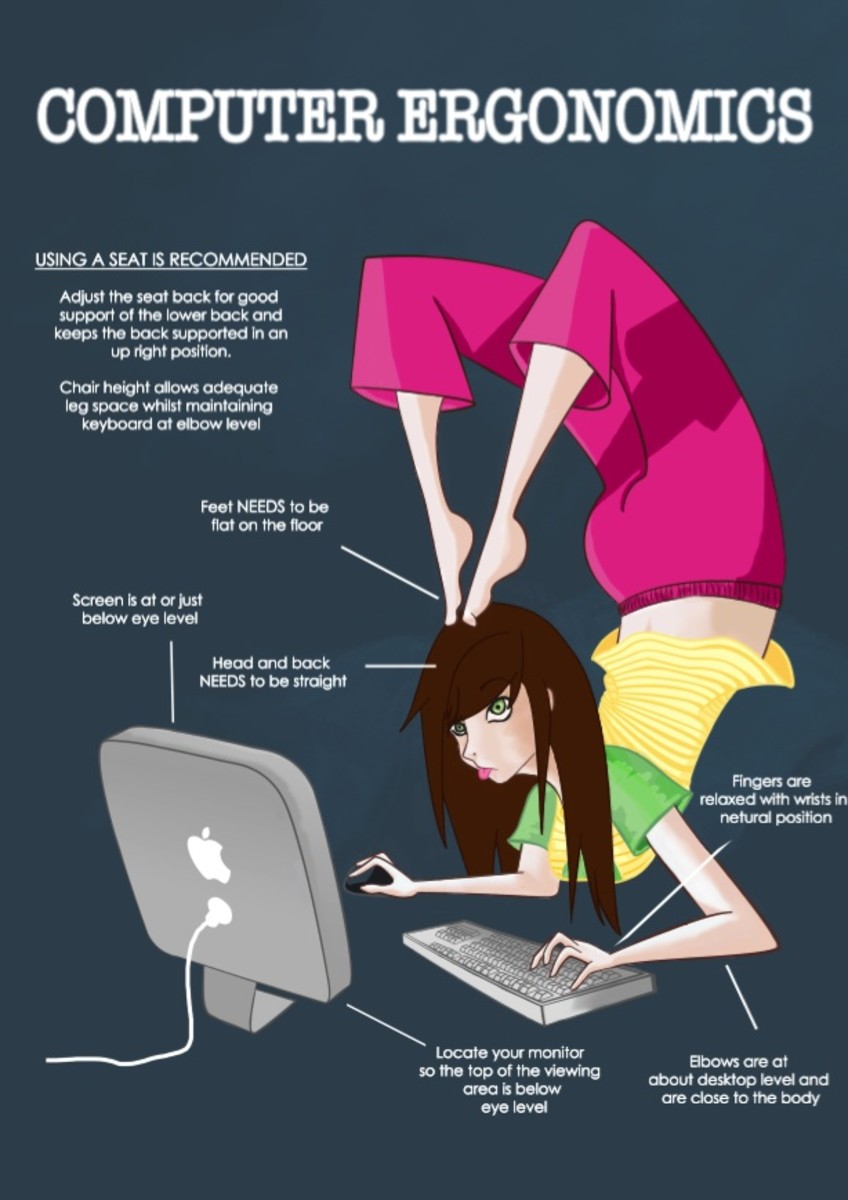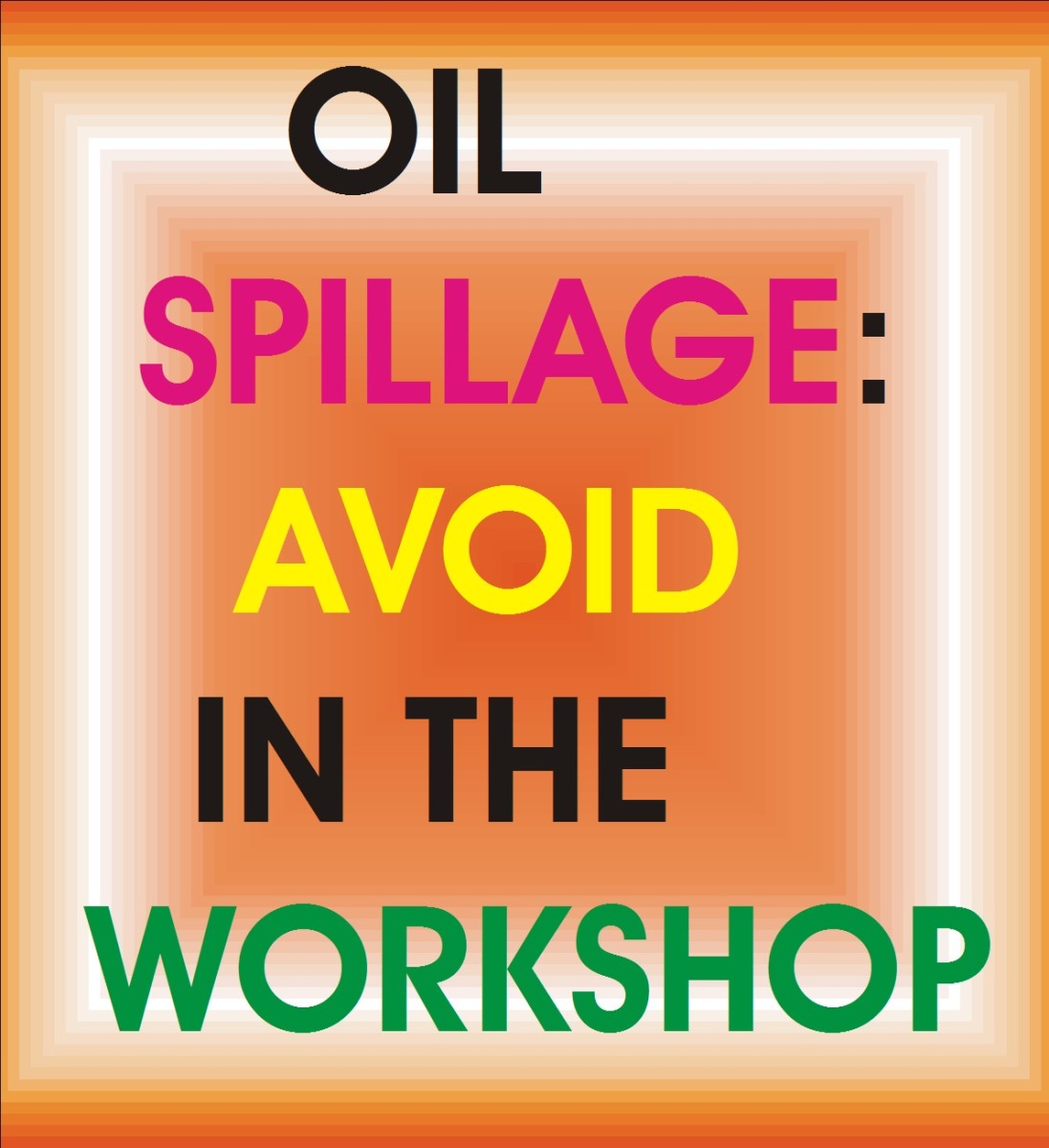How to Prevent Heat Stress at Work
There are many jobs that subject workers to a hot environment, both out of doors and inside. Doing heavy, physical labor in the heat can affect the body's cooling system. When the body is unable to cool itself, a worker can be susceptible to heat stress, and when heat stress is not recognized and treated in the beginning stages, serious or even fatal conditions can develop quickly.
Any worker who is required to do a job in hot conditions has to be prepared to deal with heat stress. During the summer months outdoor work increases, particularly in construction, roofing, forest fire fighting, forestry, and road work. Indoor work in hot environments exposes workers to heat year-round, such as pulp and paper manufacturing, bakeries, steel refining and fabricating, boiler rooms, industrial laundries and cement kilns. Workers who are exposed to these types of environments should be trained to prevent heat stress and recognize the early symptoms in themselves or co-workers.
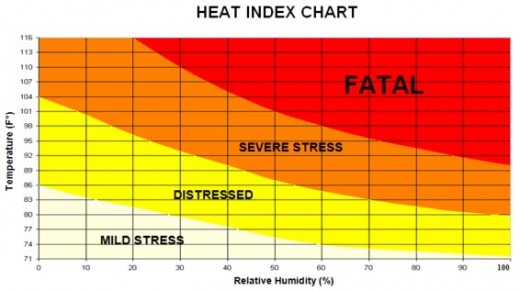

What is heat stress
A human body naturally maintains an internal temperature of between 36 to 38 degrees Celsius. When the body temperature rises above this range, it will work to get rid of the excess heat. However, if the body temperature continues to rise quicker than the body can cool itself, the person could experience heat stress.
Health problems caused by heat stress are called heat disorders, and occur most commonly when heavy physical labor is done in hot and humid environments, or when the body loses too much fluid and salt due to sweating.
Primary factors that contribute to heat stress
Environment
- air temperature
- airflow
- humidity
- radiant heat - sun, kiln
Worker
- hydration
- clothing
- medical conditions
- acclimatization
Work
- workload
- work rate
To prevent heat stress, workers/employees need to be able to identify the variables and sources of heat, as well as how the body removes the excess.
Heat sources
There are two main ways a body can gain heat.
- work activity
- the environment
The amount of internal heat generated by a worker depends on the level of physical activity.
workload
| activity
| examples
|
|---|---|---|
light
| sitting, standing, casual walking
| desk work, typing, driving, supervising, assembly line work
|
moderate
| brisk walk, moderate work, lifting/pushing
| delivering mail, driving heavy machinery, fruit picking, warehousing, industrial cleaning, loading/unloading trucks
|
heavy
| construction work, heavy lifting, pushing/pulling, climbing stairs in heavy gear
| sawing/planing, digging, shovelling, restocking shelves, firefighting, roofing, sledgehammering, jackhammering
|
This table gives a few examples of light, moderate, and heavy workloads.
Note:
These activities do not take heat from the environment or protective clothing into account.
The amount of heat generated from the environment - external heat - depends on the air temperature, air movement and radiant heat.
Examples of radiant heat sources:
- heaters
- boilers
- fires
- sunlight
- ground reflection/absorption
The addition of radiant heat sources can cause overheating even on cooler days.
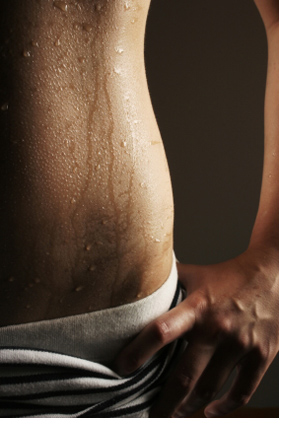
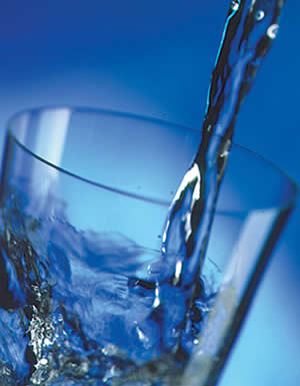
There are two main ways the body uses to get rid of excess heat - increased blood flow and sweating. Blood flow increases as excess body heat increases which transfers the heat to the body's surface by a process known as heat exchange by convection. Working or resting in shaded areas allows the body to get rid of the excess heat by transferring it to the surrounding air.
Sweating itself does not cool the body; the cooling occurs when sweat evaporates from the skin. When air temperatures exceed 35 degrees Celsius, sweating becomes the most effective way for the body to cool itself. The amount of sweat that evaporates determines the amount of cooling to the body, therefore, any factor that hampers sweating or evaporation affects the body's ability to cool itself.
Drink Water!
It is important to drink water before, as well as during and after work in a hot environment. Workers should drink approximately two glasses of water before starting work and one glass every 20 minutes throughout the workday. Do not wait until you are thirsty!
Wear Cool Clothing!
Loose fitting, light coloured, breathable clothing reflects the heat better than dark colours, and helps keep the body cool. If safety headgear is required, attach a piece of light coloured fabric to the back and side to provide shade for the neck area.
Personal risk factors
- lack of acclimatization - a person who regularly works in a hot environment will be at lower risk of developing heat disorders
- poor physical fitness - being in shape helps the body cope better
- obesity - excess fat provides increased insulation, reducing heat loss
- increased age - in older adults (40 - 65 yrs) heart function is less efficient, sweating starts later and at a slower rate
- pre-existing medical conditions/treatments - these can decrease a person's ability to cope with excess heat. Heart problems, low-sodium diets, diabetes mellitus, cystic fibrosis and hyperthyroidism may increase the risk of heat disorders
- short-term disorders/minor illnesses - feverish illnesses, diarrhea, and vomiting cause excess loss of fluids, and sleep deprivation can also increase the risk of heat stress
- chronic skin disorders - rashes, dermatitis, healed burns and other conditions that involve large skin surfaces may limit the body's ability to sweat properly
- medications - certain medications may cause problems when working in heat stress conditions - make sure to check the potential side effects with a doctor
- alcohol/drugs - alcohol increases water loss and can cause dehydration - some 'street' drugs can increase internal body temperature and decrease the ability to lose heat
- previous heat stroke - workers who have previously suffered from heat stroke are at an increased risk or recurrence
Recognizing and treating heat stress
Medical Condition
| Signs and Symptoms
| Treatment
| Notes
|
|---|---|---|---|
heat cramps
| musculare pain or spasms, excessive sweating
| move worker to a cooler environment, remove or loosen tight-fitting clothing, cool the worker by sponging with cool water and fanning, provide oral fluids - juice, sports drinks or solution of salt water (1 tsp of salt in one-half litre of water)
| If the worker starts shivering, stop cooling. *alcohol and caffeinated beverages are not recommended* *heat cramps are only cured after the lost salt has been replaced*
|
heat exhaustion
| shallow breathing, increased respiratory rate, weak rapid pulse, pale cool clammy skin, sweating, weakness fatigue dizziness, headache and nausea, fainting, muscle cramps (signs and symptoms are similar to mild shock)
| same as above - the presence of sweating is important because it is often the only way to differentiate heat exhaustion from heat stroke
| In most cases, the worker's symptoms will improve dramatically within 30 minutes - transport to medical aid
|
heat stroke
| hot dry flushed skin, absence of sweating, agitation confusion, decreased level of consciousness, headache, nausea and vomiting, seizures, increased respiratory rate, irregular pulse rate, shock, cardiac arrest
| maintain airway, breathing and circulation as required, move worker to coolest place possible, lay worker down on the back unless actively vomiting or seizuring - in this situation, place them in 3/4 prone or lateral position, remove outer clothing and apply cold water by dousing or applying wet cool sheets, spray or sponging the entire body with cold water is also effective and fanning will also help, provide oral fluids, transport worker to medical aid and continue cooling
| heat stroke is a medical emergency! Notify first aid attendant, call 911 and/or arrange for immediate transportation to medical aid
|
Employer's responsibilities
Employers must provide adequate training and education to all workers at risk for heat stress, their immediate co-workers, and their supervisors. Employers must develop and implement a heat stress exposure plan, and conduct a heat stress assessment where the worker is, or may be working.
If a worker is exposed to environmental conditions that could cause heat disorders, the employer must implement engineering controls to reduce exposure wherever practical, or provide administrative controls or personal protective equipment, adequate first aid coverage and an adequate supply of cool drinking water close to the work area for workers exposed to heat.
Final note
Ultimately, a worker shouldn't rely on their employer for protection agains heat related illness. Many employers don't recognize their responsibilities, putting the onus on the employee to prevent heat stress on the job, so think safe and protect yourself!

